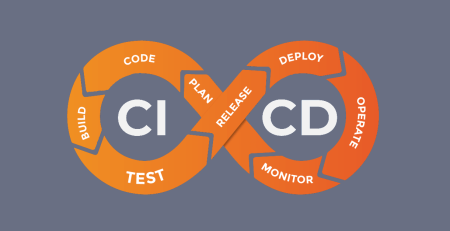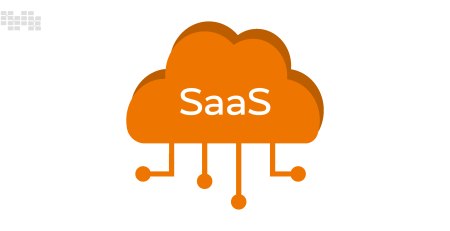Mastering Release Management in DevOps: Strategies and Best Practices
Staying competitive in the quick-paced world of software development requires producing high-quality solutions quickly. DevOps and release management are useful in this situation. A key component of the DevOps pipeline, release management makes ensuring that code moves smoothly from development to production. In-depth explanations of what Release Management is, why it’s important in DevOps, and practical C# code examples will be provided in this thorough tutorial.
What is Release Management?
Planning, scheduling, and managing the deployment of software upgrades across several environments, from development and testing to staging and production, is known as release management. Its fundamental objective is to provide smooth delivery of new features, bug fixes, and enhancements to end users while reducing risks and preserving system stability.
The Role of Release Management in DevOps
DevOps is all about collaboration, continuous integration, continuous delivery, and continuous deployment. Release Management fits naturally into the DevOps workflow by focusing on the following key areas:
1. Automated Deployments
Release Management promotes the use of automation for deployment processes. C# is a versatile language that can be used to create scripts and tools to automate deployment tasks. For instance, consider the following script that automates the deployment of a web application using PowerShell:
using System.Diagnostics;
class Program
{
static void Main()
{
Process.Start("powershell", "Deploy-WebApplication.ps1");
}
}2. Environment Consistency
Release Management ensures consistency across different environments. In C#, you can define configuration settings using classes or configuration files, ensuring that the application behaves consistently across various stages.
public class AppConfig
{
public string DatabaseConnectionString { get; set; }
public string ApiBaseUrl { get; set; }
}3. Version Control
Version control is at the core of Release Management. Using C# and tools like Git, you can manage different versions of your codebase. Here’s an example of version control in action:
git commit -m "Added feature XYZ" git tag v1.0.0 git push origin master --tags
4. Continuous Integration
Incorporating Continuous Integration (CI) tools like Jenkins or Azure DevOps ensures that code changes are continuously integrated and tested. C# can be used to create unit tests and integration tests that are automatically run as part of the CI process.
[TestFixture]
public class CalculatorTests
{
[Test]
public void Add_TwoNumbers_ReturnsSum()
{
var calculator = new Calculator();
var result = calculator.Add(3, 5);
Assert.AreEqual(8, result);
}
}5. Release Pipelines
A release pipeline automates the progression of code through different environments. C# can be used to create deployment scripts, as well as to integrate with tools like Docker for containerization.
Best Practices for Effective Release Management
Implementing effective Release Management in DevOps requires careful planning and adherence to best practices:
1. Standardized Process
Define a standardized release process that includes thorough testing and validation at each stage.
2. Automated Testing
Automate testing processes to ensure code quality and identify issues early in the development cycle.
3. Incremental Releases
Release smaller increments frequently rather than large updates infrequently. This reduces risk and makes it easier to identify and fix issues.
4. Versioning
Use proper versioning to track changes and maintain transparency with stakeholders.
5. Environment Isolation
Isolate development, testing, and production environments to prevent unintended impacts on live systems.
6. Rollback Plans
Always have a rollback plan in place to quickly revert to a previous version if issues arise after deployment.
Conclusion
The fundamental idea of release management is at the core of DevOps. This idea focuses on streamlining the deployment of production code upgrades while maintaining their dependability and lowering any inherent risks. You may create effective release management strategies that result in successful software delivery and increased customer satisfaction by using C# for activities like automation, version control, and testing. Keep in mind that every organization’s journey in the world of DevOps is distinct, therefore it’s crucial to customize your release management strategy to fit your particular demands and objectives.













Leave a Reply